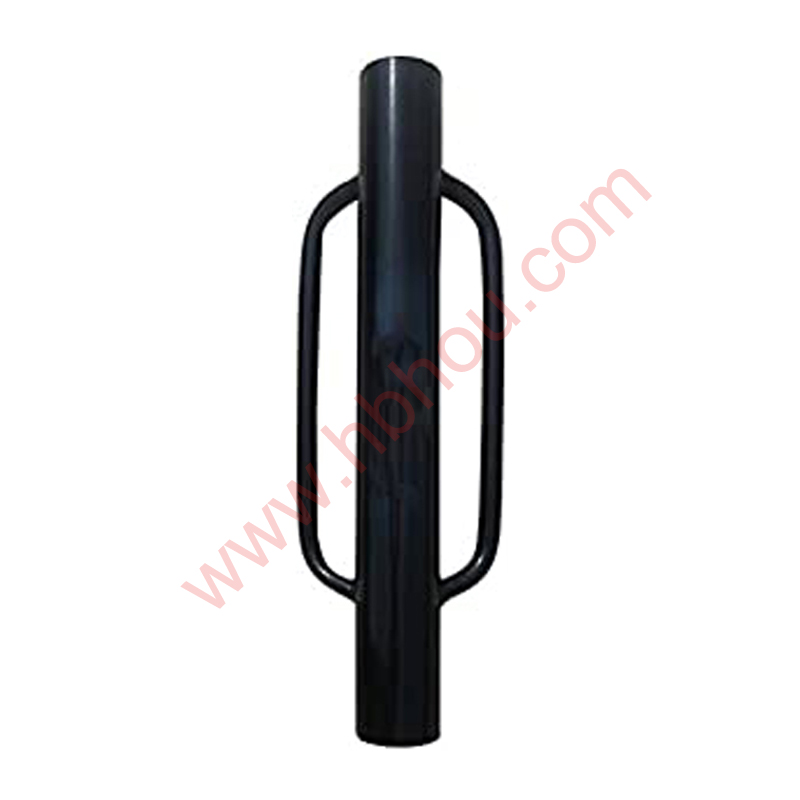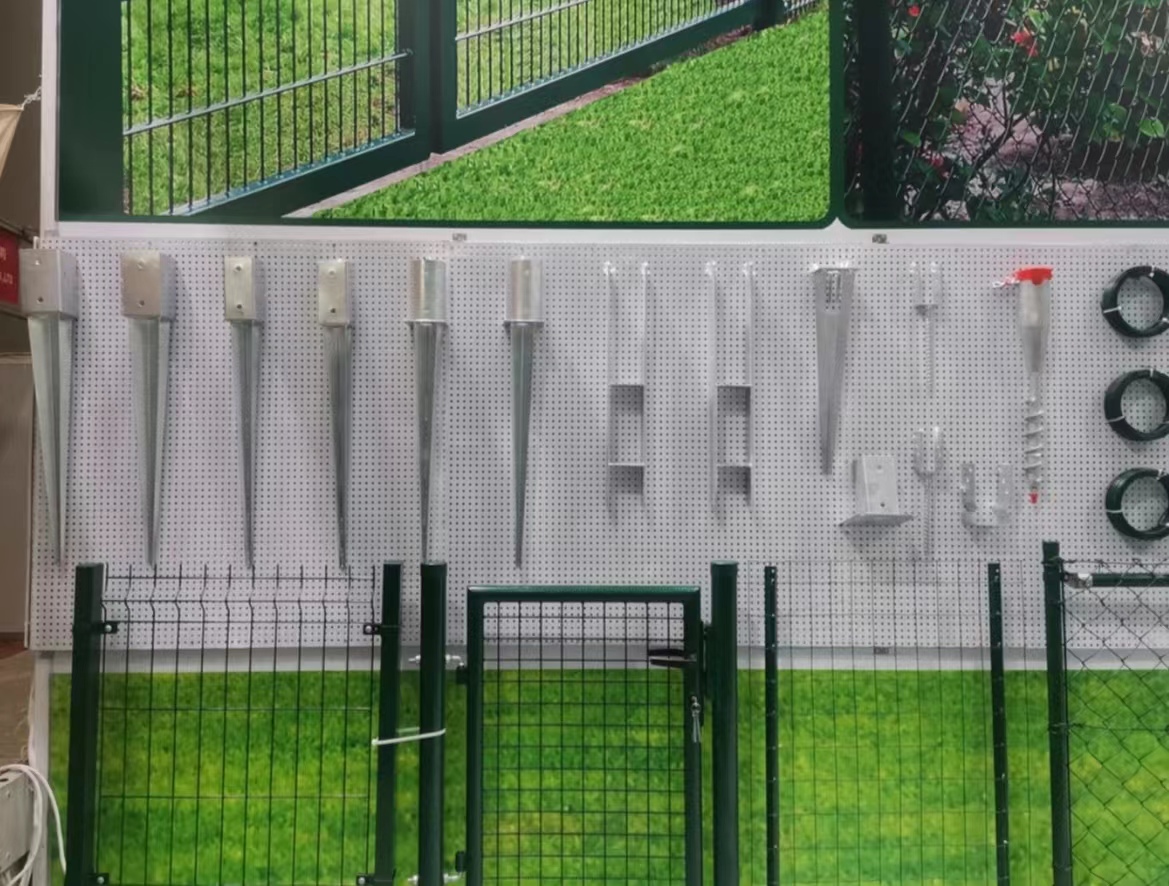The Double Barbed Wire A Study in Security and Design
The idea of using barbed wire as a means of security dates back to the late 19th century when it was first patented. Since then, barbed wire has evolved, and one of its most effective forms is the double barbed wire. This design enhances security while also providing a practical solution for a variety of fencing needs, especially in high-security areas.
Double barbed wire consists of two strands of barbed wire twisted together, creating a more substantial barrier than traditional single-strand barbed wire. The dual strands not only improve the overall strength of the fence but also make it more challenging for intruders to scale or cut through it. The barbs are typically placed at regular intervals along the wire, which can deter animals and humans alike from attempting to breach the fence. This design serves a dual purpose, offering both physical deterrence and psychological intimidation.
One of the primary applications of double barbed wire is in securing properties that require heightened security, such as military bases, correctional facilities, and private estates. In these high-stakes environments, the integrity of the barrier can mean the difference between safety and vulnerability. The presence of double barbed wire sends a clear message that trespassing will not be tolerated and that there are significant consequences for those who attempt to cross the boundary.
double barbed wire

In addition to security applications, double barbed wire can also be advantageous in agricultural settings. Farmers and ranchers often use it to protect livestock from predators or to prevent animals from wandering off. The physical barrier provided by double barbed wire is particularly useful in rural areas where wildlife and domestic animals frequently interact. By implementing this type of fencing, landowners can maintain the safety of their animals while also safeguarding their property from potential damage caused by intruding wildlife.
From a design perspective, double barbed wire presents unique challenges and opportunities. The installation of this fencing requires careful planning to ensure that it is mounted at an appropriate height and tension to maximize its effectiveness. The choice of materials is also critical, as quality steel can withstand environmental stressors better than low-grade alternatives. Additionally, considerations such as galvanization or weather-resistant coatings can prolong the lifespan of the wire, making it a more cost-effective solution in the long run.
While double barbed wire is often associated with strong security measures, it is crucial to use it ethically and responsibly. It is essential to balance security needs with the impacts on the surrounding community and environment. In many cases, there are alternatives—like hedges, electric fencing, or surveillance systems—that can provide security without causing potential harm to wildlife or restricting access for legitimate purposes.
In conclusion, double barbed wire represents a significant advancement in the use of fencing for security and protection. Its strength and design make it suitable for various applications, from military installations to agricultural settings. However, as we implement such measures, we must remain mindful of their broader impacts to ensure that security does not come at the expense of community welfare or environmental integrity. With thoughtful application, double barbed wire can serve as a vital tool in our pursuit of safety and protection.
















